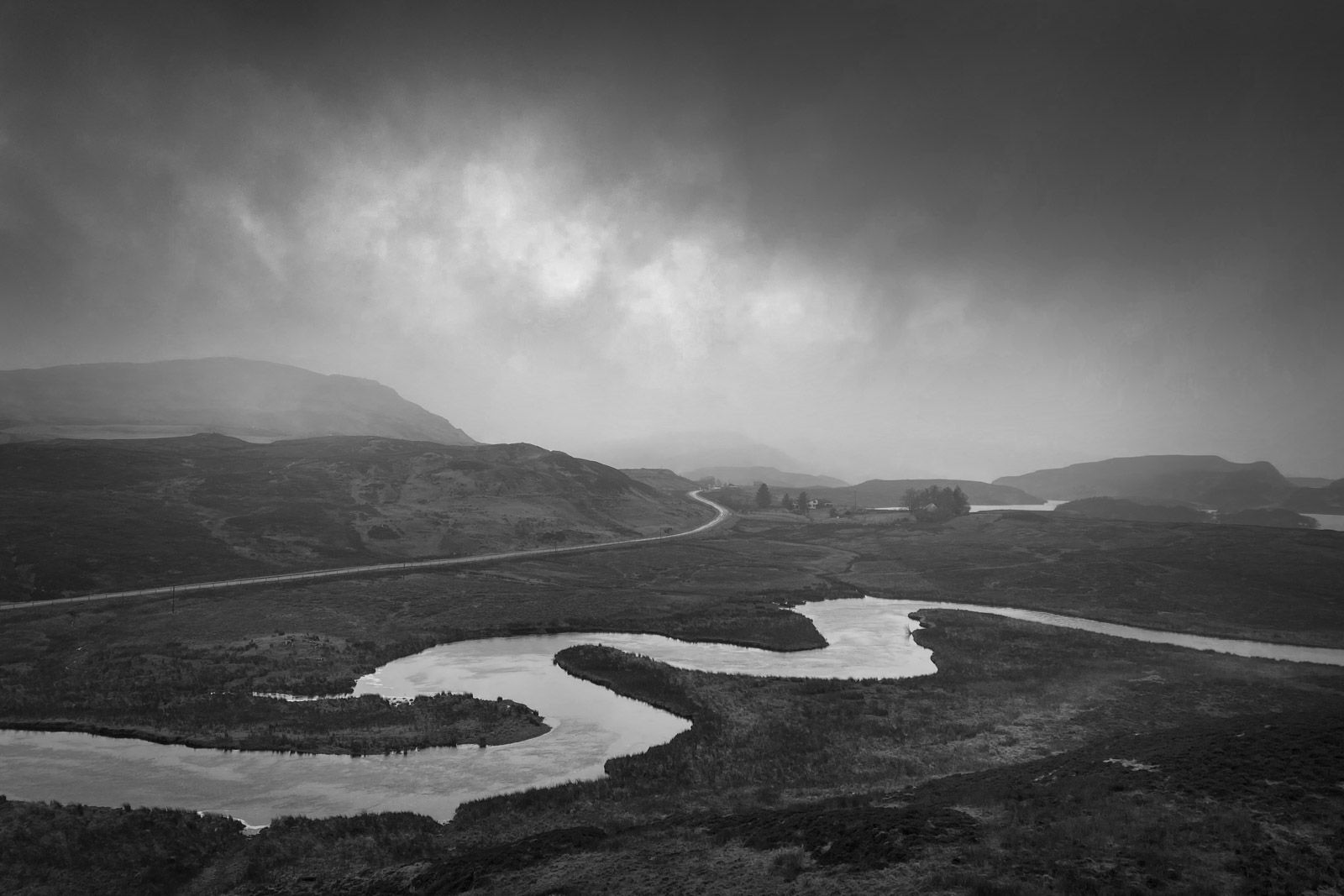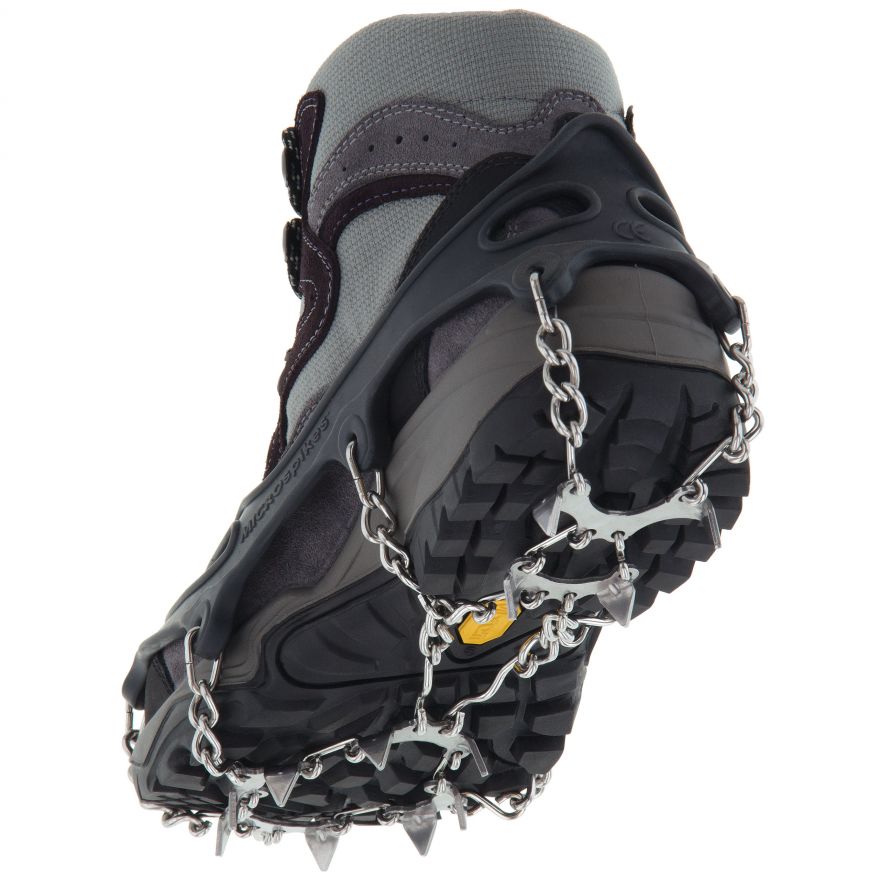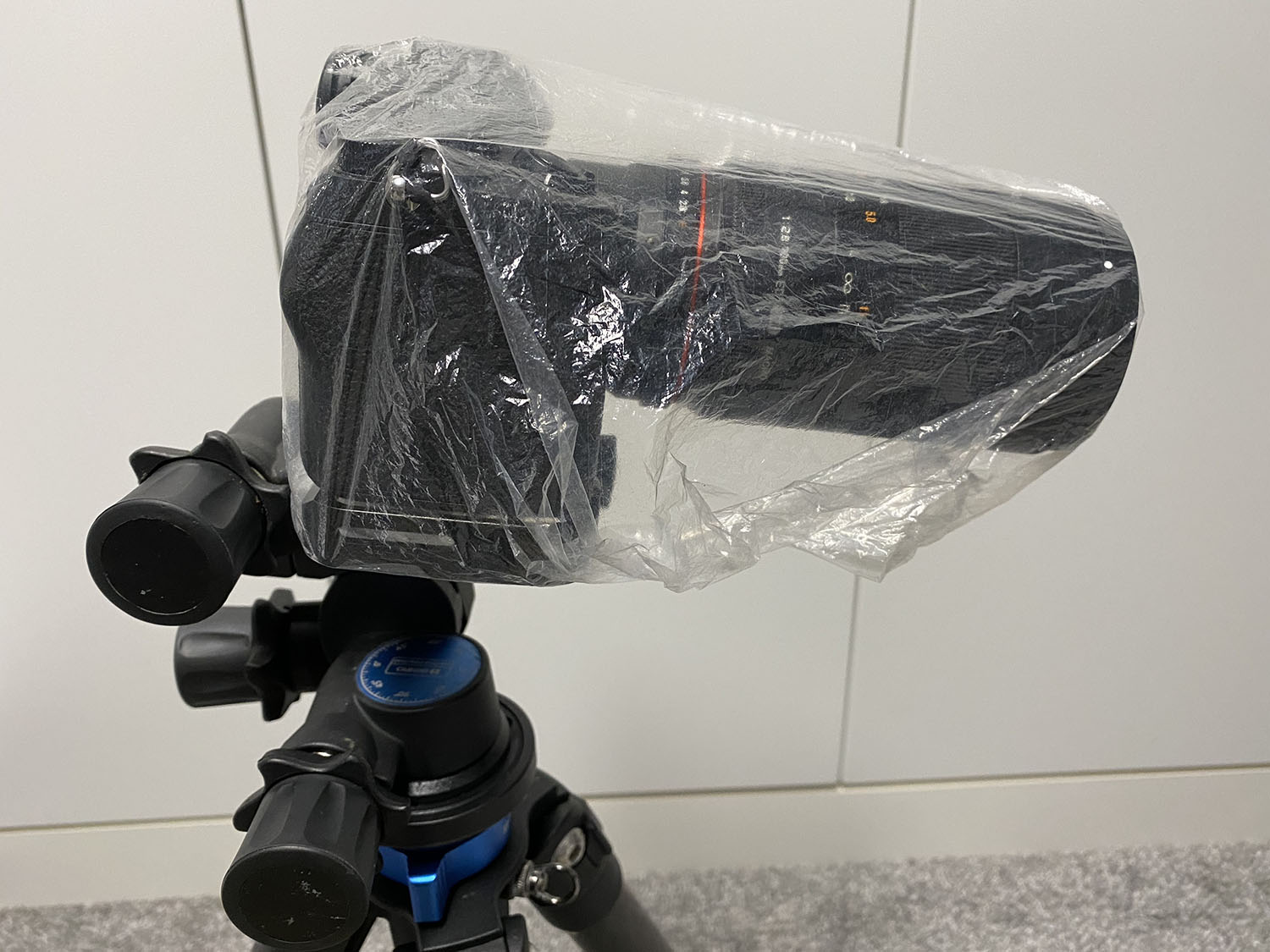
Inclement Photography
In the last of my short articles on shooting in inclement weather, I'd like to share one or two tips and tricks about the techniques I use. There's no doubt that it's more difficult to photograph when it's raining, snowy, windy and cold, which is why most people choose not to. But if you're willing to brave the elements, the rewards can be high. As we are currently in strict lockdown, I hope this article will help once rules are relaxed.
Non-slip
An essential piece of equipment I use in icy or snowy conditions is a set of microspikes for my feet. These conveniently stretch over the sole of my wellingtons or boots and make walking in snow and ice a breeze! They also come with a nylon pouch to put them in for ease of storage and to avoid messing up your camera bag or car boot once you've finished using them. These can undoubtedly prevent serious injury, and I used them throughout my stay in Norway last February to good effect.

Tripod
Tripod legs can stick open or closed in freezing temperatures, which can be annoying. It's usually caused by collapsing damp tripod legs allowing moisture to form inside each other - freezing up when you next set it up in the cold. Therefore, in such situations, I carry a small towel to wipe each leg section before collapsing between shoots and dry the tripod out thoroughly with extended legs once I return to base.
If it's windy, I turn the tripod so that one of the legs is adjacent to the wind direction (rather like you would lean into the wind to avoid falling over). I also spread the legs wider apart to give better and more stable support and prevent the camera from being blown over.
Some tripods have a hook underneath the tripod's head, designed for carrying a heavy weight. Attaching your closed camera bag to this can be useful in very windy conditions.
Using an umbrella is a great way to keep your camera dry when sat on the tripod but placing your camera bag underneath the tripod offers it some protection from the rain, too (if it's not too windy).
If it is windy, I use my body and stand close to the tripod to shield it from its brunt to keep it as stable as possible.

Camera
These days, cameras are designed with a high level of water-resistance, and although it's surprising how much rain they can cope with, you shouldn't take liberties. Therefore, it's essential to protect your camera from excess rain by using either a purpose-built rain jacket or (as I do) a simple shower cap as they are lighter.
From experience, taking pictures in inclement weather is all about technique. One of the most effective ways of keeping my lens dry between shots is to use pocket tissues (non-balm type) instead of a lens cloth, which tend to cause smears on the lens when wet. I do carry lens cloths, but I mostly use them to remove finger marks and dust spots.
I don't use lens hoods as I find them too bulky in my camera bag and of limited use in the field - especially those for wide-angle lenses. Therefore, when it is raining, I prefer to place my hand's palm over the lens to protect it from rains spots, removing it briefly whilst taking the shot - finally replacing the lens cap after I've finished.
Use your phone
As I publish this article, the UK is in lockdown 3 and you may feel uncomfortable about taking your camera equipment and tripod with you on walks. This may be the perfect opportunity to take advantage of shooting high-quality images with your smartphone. If you already subscribe to Adobe's Photography Plan you can download the Lightroom Mobile App and take phone images in Raw (on most smartphones). Smartphones are a great way to take pictures in rough weather as they tend to keep images looking sharp even if you're being pummelled by the wind and you don't have the worry of setting up your tripod and getting your big camera wet. Better still, once you've downloaded your DNG images into Lightroom Classic, you can process them with the same level of flexibility as you can from your large camera. The black and white image at the top of the page is taken with my iPhone using the Lightroom mobile App. They also print beautifully to well beyond A3+, too!